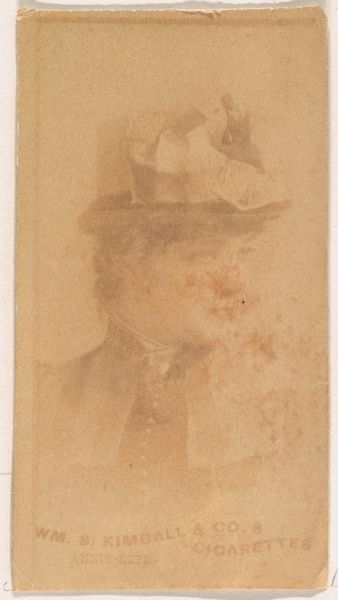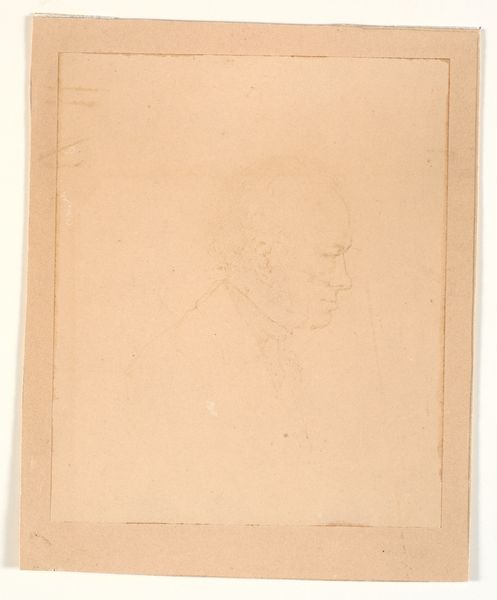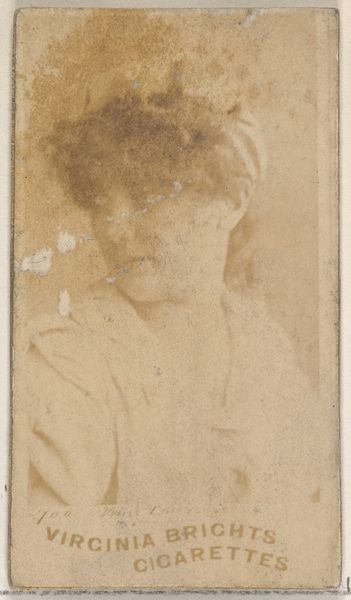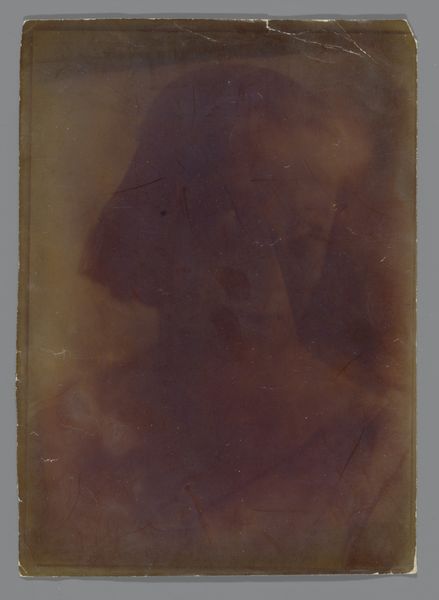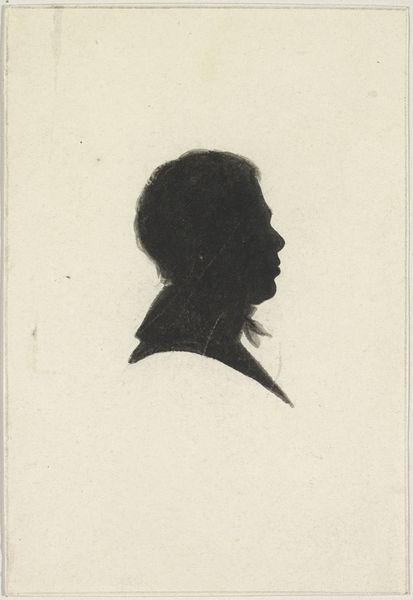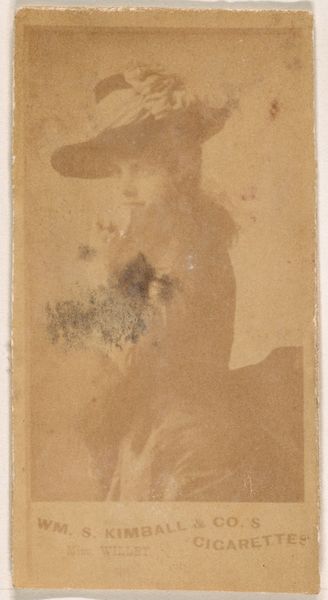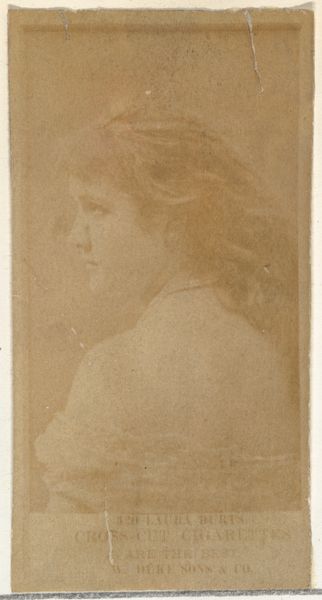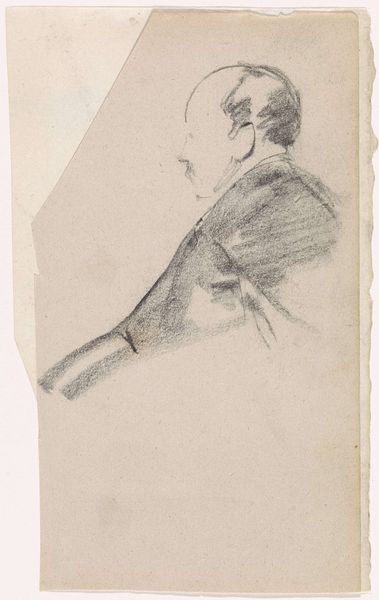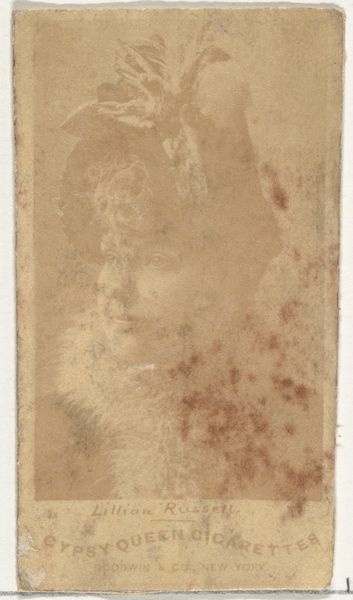
drawing, print
#
portrait
#
drawing
#
toned paper
# print
#
charcoal drawing
#
possibly oil pastel
#
oil painting
#
acrylic on canvas
#
coffee painting
#
underpainting
#
men
#
watercolour illustration
#
tonal art
#
watercolor
Dimensions: Plate: 9 15/16 × 7 5/16 in. (25.2 × 18.5 cm)
Copyright: Public Domain
Alphonse Legros made this drypoint portrait of Edward D. Adams, an American railroad executive and art collector, sometime around the turn of the 20th century. Look closely at the visual codes that Legros employs: Adams is depicted in a refined, subdued manner, befitting his status in society. This aesthetic approach reflects the institutional function of portraiture at the time, which served to reinforce social hierarchies. Portraits preserved the likenesses of society's elite, solidifying their legacies and demonstrating the cultural capital attached to art patronage. But note the subtleties of the printmaking technique. The golden plate tone mutes the sitter, giving the image a spectral presence that hints at the fleeting nature of worldly achievements. Understanding the portrait, then, involves considering the role of institutions, and social class, in the making of art. This requires that we, as historians, delve into archives, letters, and other historical documents to better understand the portrait's social and cultural significance.
Comments
No comments
Be the first to comment and join the conversation on the ultimate creative platform.
